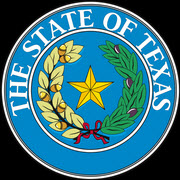 Start with the previous post about the basics of Social Security. Now that’s out of the way, let’s go over some of the extra complexity when you have a spouse. One of the most overlooked and unknown aspect of Social Security is the spousal benefit.
Start with the previous post about the basics of Social Security. Now that’s out of the way, let’s go over some of the extra complexity when you have a spouse. One of the most overlooked and unknown aspect of Social Security is the spousal benefit.
If your spouse is at full retirement age (66), they are eligible for their full retirement benefit or 100% based on their work history. Sometimes both spouses have been working and paying in a similar amount to Social Security so their benefits are similar. Other times one spouse has been working while the other one either did not work or was paying in much less to Social Security because they had a lower paying job. This can lead to some large discrepancies in the full retirement benefit. Bill Johnson’s Social Security benefit might be $40,000 per year, but if his wife Barb hasn’t worked as much, her retirement benefit might be only $16,000.
The spousal benefit would allow Barb the option of claiming her $16,000 benefit at age 66 or 50% of her husband’s full benefit, which would be $20,000 (50% of his $40,000). That spousal benefit is going to add $4,000 a year to her Social Security benefit for the rest of her life. That certainly seems nice, but wait, there is more. At age 66, Barb can claim her spousal benefit and receive the $20,000 per year. She will collect $80,000 by age 70. When she Read More





























Recent Comments